
“Bhuvanagiri Fort : A Historic Jewel in Telangana”
The Deccan Plateau is one of the largest in southern Asia and covers a vast expanse of southern India. In peninsular India, which is indeed a part of the Deccan Plateau, lies the famous Bhuvanagiri Fort. The plateau stretches a significant part that perched on an isolated monolithic rock. This Bhuvanagiri Fort, also known as the Bhongir Fort, is a well-known landmark that stands majestically atop casting an ancient shadow in the town of Bhongir in the district of Yadadri Bhuvanagiri, Telangana.
Bhuvanagiri Fort is a testament to the rich historical legacy in Telangana that attracts tourists and bluffing history alike to explore its ancient ramparts, admire its architectural wonder and immerse themselves in the stories from bygone eras.
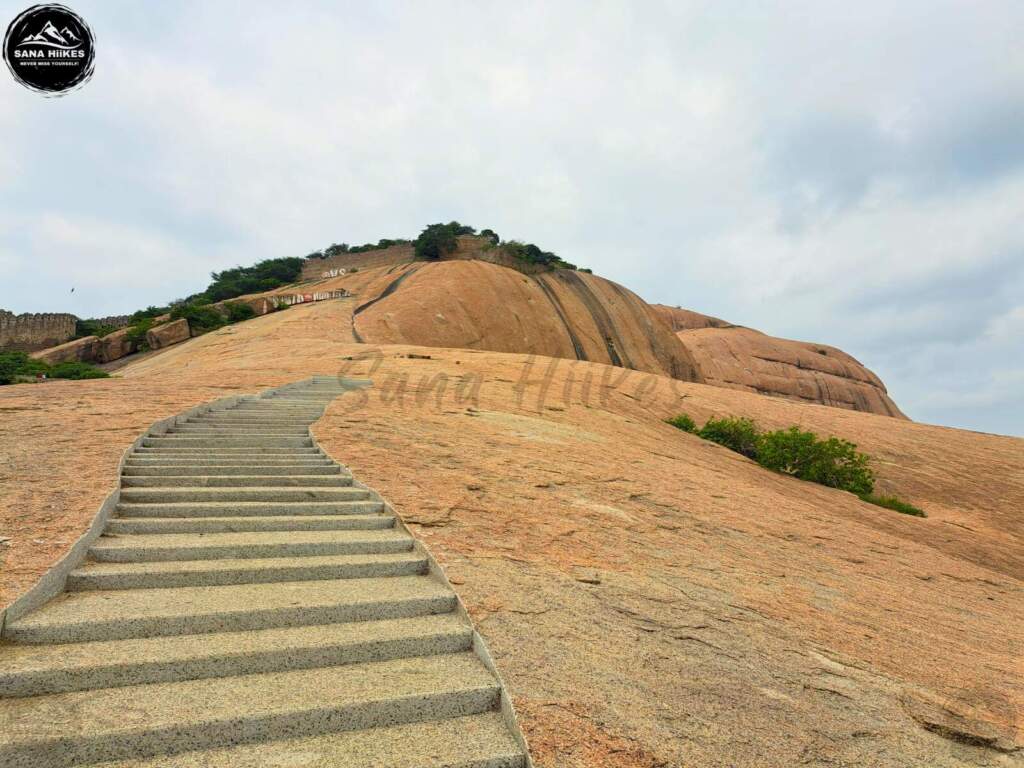

The History of Bhuvanagiri Fort:
Bhuvanagiri Fort offers a captivating experience for history enthusiasts, providing a glimpse into fascinating folklore and significant historical events. The legends whisper many countless tales of bravery and knights who fought wars to defend its ramparts and also of hidden treasures within its rugged wall. The stories pass from generations to generations, thus adding enchantment and mystery to the ancient stronghold.
Chalukyas
The Chalukyas ruled ancient India from the 6th to the 12th centuries, covering parts of southern and central India. During the reign of Tribhuvana Malla Vikramaditya VI, the ruler of the western Chalukya Dynasty, built this fort in the 10th century. The Chalukyas are known for their art and architecture, which beautifully combined the Dravida and Nagara styles. This Bhongir Fort is the best example of their establishment.
Kakatiyas
After the Chalukyas, the Kakatiyas took control of the fort and ruled from the 12th to the 14th centuries. The fort holds a strategic stronghold. This gave them a vantage point from which they could look over and defend their territory. The Kakatiyas are known for their extensive network of irrigation and drinking water tanks.
Bahmani
After the decline of the Kakatiyas, the Bahmani Sultanate, which ruled the fort, was the first autonomous Islamic dynasty to rule over south India in the medieval period. The fort was captured and the strategic location of the fort made it an invaluable asset. It served as a vantage point for monitoring trade routes and exerting control over the region. The fort has also some Indo-Persian architectural designs, which combine Indian and Persian elements.
Qutb Shahi Dynasty
The Qutb Shahi dynasty ruled over Bhongir, who was one of the five successors of the Bahmani Sultanate. After the Bahmani Sultanate broke into smaller sultanates, the Qutb Shahi were the Sultans of Golconda, who ruled from 1518–1687. This fort was used as a prison by the Qutbs whenever there was a desire to usurp the throne. They also fortified the walls of the fort and expanded the area.
Mughals and Nizams
After Aurangzeb’s army defeated the Qutbs, the fort came under the rule of the Mughals and later the Nizams. The fort saw a number of rulers from the ancient to the modern era. Both the Mughals and Nizams fought over the Deccan region to keep control of it. And this fort remained a strategic location for trading routes and keeping an eye over the large area throughout their rule.
Colonial Period and Later Decades
With the decline of empires and dynasties, Bhongir Fort lost its importance over military rule. The fort remained a significant symbol of history and culture. In the era of British rule, this fort was last seized by them. Later, the Archaeological Survey of India designated it as a protected monument.
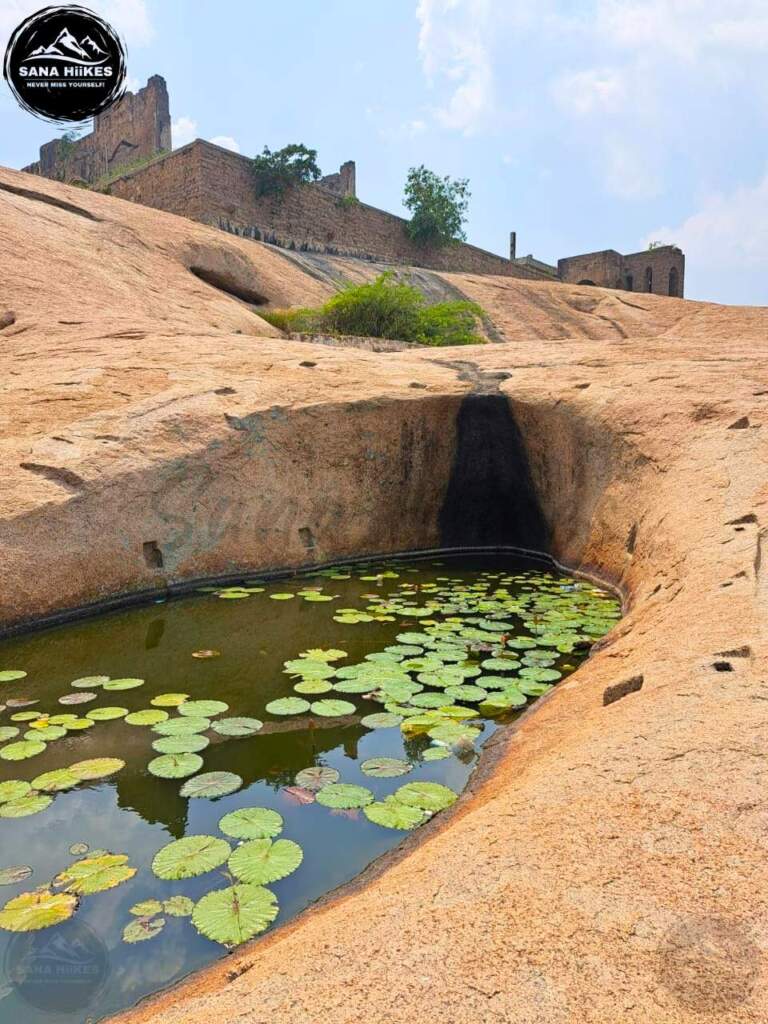
During the communist revolution in the late 1940s and after the downfall of the Nizams, the Bhuvanagiri Fort lost its importance and was much ignored after that. After being governed by powerful rulers, the fort underwent multiple phases of construction, reconstruction, fortification, and expansion by different sultanates. It showcases diverse architectural styles from various eras, reflecting the influences of its time. The construction of the fort by the Chalukyas included the Shiva temple and the Kalyana Mahal, presenting the various artistic cultures. The fort reflects the Deccan Plateau’s cultural legacy and the theological perspectives that were popular at the time.
The fort is a fusion of Hindu, Islamic and Persian that reflects the architectural influence of different sultanates by demonstrating the region’s cultural syncretism. The main entrance is adorned with intricate carvings. The ancient temples dedicated to the Hindu deities serve as testaments to the land’s spiritual heritage. Archaeological sources, including cannons, sculptures, and inscriptions in Kannada and Telugu, highlight the lifestyle and culture of the people from that era.
Geographical traits of Bhuvanagiri:
At a distance of 50km from Hyderabad, the Bhuvanagiri Fort is located on the Warangal-Hyderabad highway. The fort opens at 10 o’clock in the morning with an entry fee of Rs. 10. From the ground, the fort seems to be an easy climb. There is a statue at the beginning of the fort of Sardar Sarvai Panappa, who was the monarch of the Goud community. The fort spans an area of 40 acres and rises sharply about 500 feet above the surrounding plains. The egg-shaped mountains create unique silhouettes, resembling a tortoise when viewed from the south and a sleeping elephant from the west.
The fort’s strategic location in the town, combined with its prominent elevations, makes it a distinctive and easily visible landmark. This serves as both a symbol of power and a functional stronghold. The geographical features of Bhongir Fort are critical to its strategic significance and architectural design.
Features
- The monolithic rock formation that supports the fort had a steep and sheer cliff that made itself a natural defense. The rocky terrain and rugged landscape defended the enemy forces from holding a siege of the fortifications. This also made it difficult for the invaders to approach the fort.
- According to historical records, the fort contains natural water storage facilities that remain visible today. Additionally, the rocky terrain surrounding the fort features strategically built tanks and reservoirs designed to collect rainwater, ensuring a reliable water supply during sieges.
- The fort is accessible through a series of well-constructed stairways, including the renowned ‘Thousand Steps’. These stairs wind up the rock face to the fort’s entrance. This has facilitated trade, pilgrimage and military movement in antiquity by cementing the fort in regional history.
There is rich biodiversity and a wide range of flora and fauna surrounding the areas around Bhuvanagiri Fort. The inhabiting rocky outcrops and the lush green valleys have various plant species that have adapted to the arid climate of the Deccan plateau. The rocky terrain is home to native birds, small mammals, and reptiles, which visitors can spot during their visit.
How to Reach?
The Bhuvanagiri Fort is located in Bhongir, Yadadri Bhuvanagiri district in Telangana, which is about 50 km northeast of Hyderabad. The options to reach the fort are:
By Road
This is a distance of about 50 kms from Hyderabad. You can take the route to Uppal, then Ghatkesar and Bhongir via National Highway 163. It might take around 2 hours or more if you take frequent breaks by car or bike. Also, there are bus services of TSRTC available from MGBS and Jubilee Bus Station to Bhongir.
By Train
If you’re going by train, my suggestion is to take a train to Secunderabad. Although Bhongir has its own railway station just 1-2 km from the fort. Frequent trains from Secunderabad and Kacheguda stations are always available. Also, you can get trains from Warangal, Kazipet, and nearby towns. Just a suggestion again: if travelling by train, then take an early morning train so you can be back by the same day.
By Air
The nearest airport is the Rajiv Gandhi International Airport, Hyderabad. So, you can reach Hyderabad directly and take a cab to reach Bhongir.
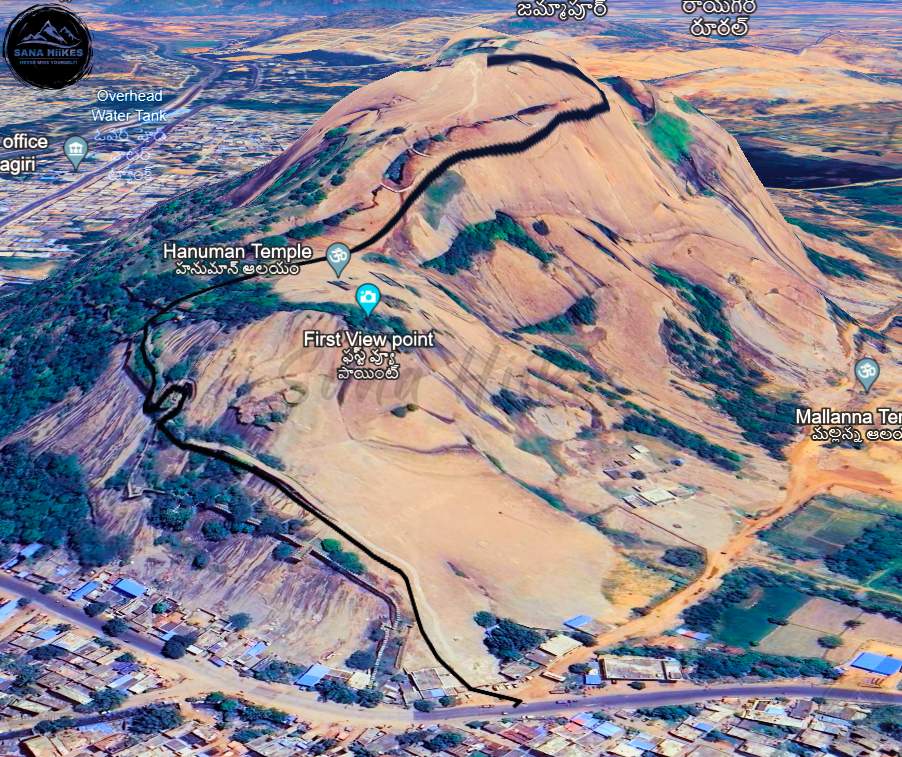
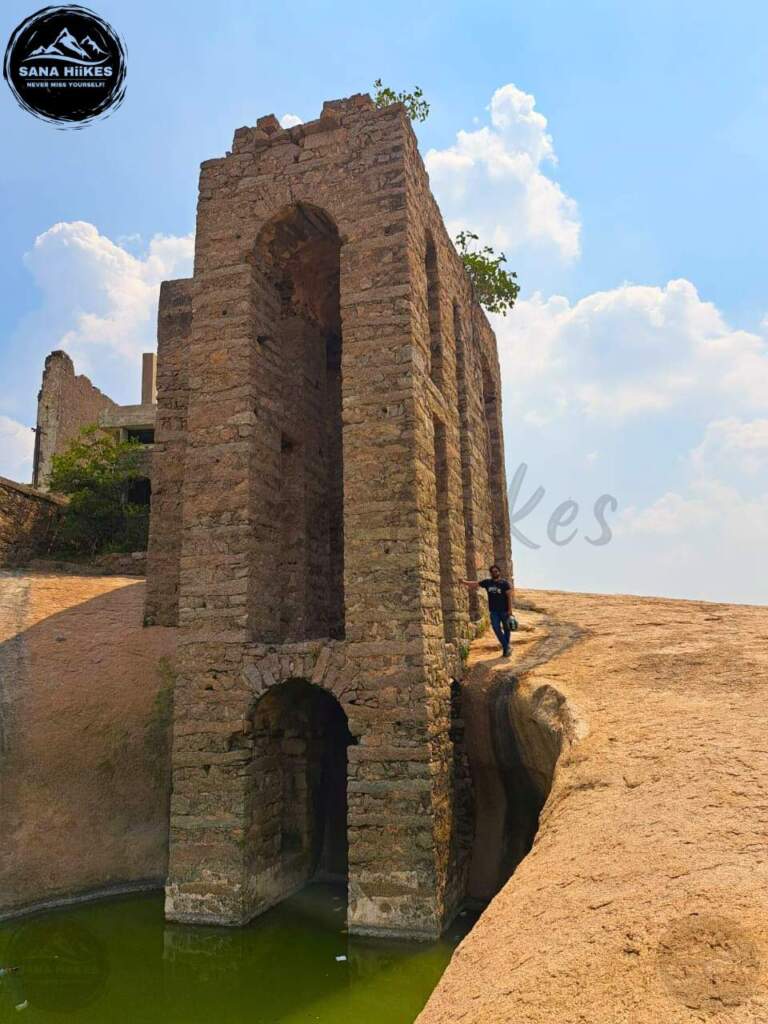


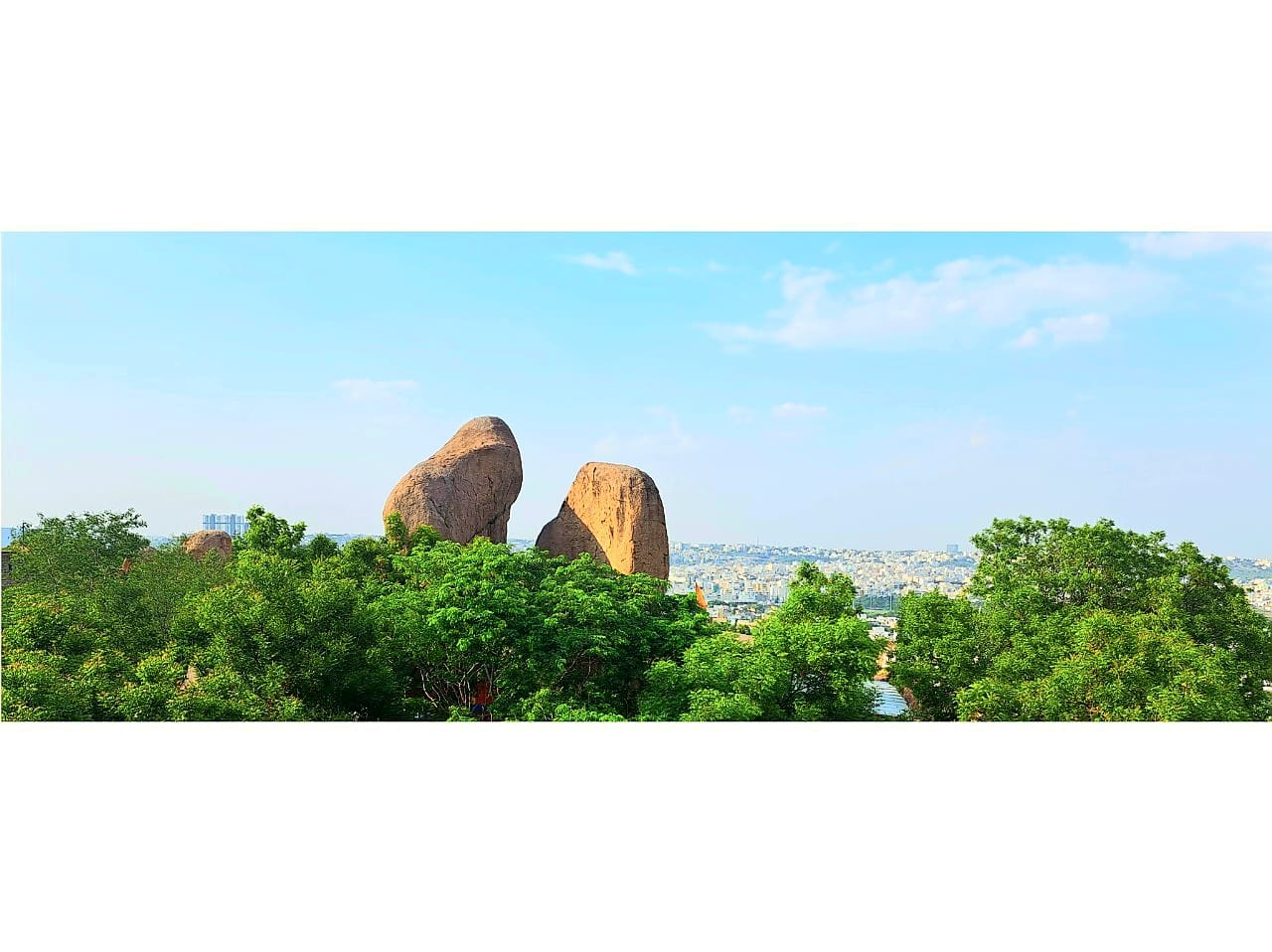
Leave a Reply